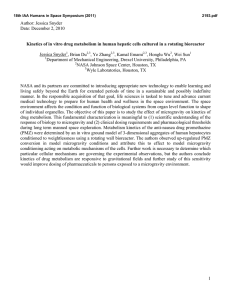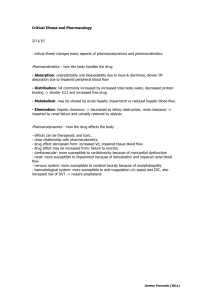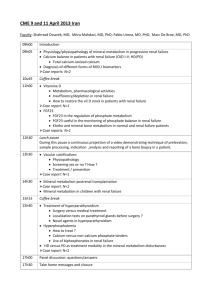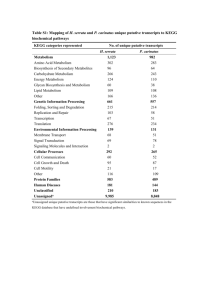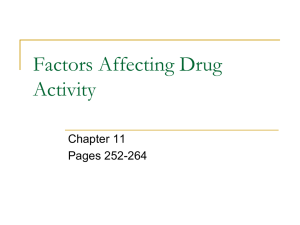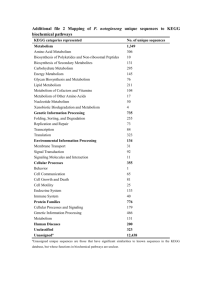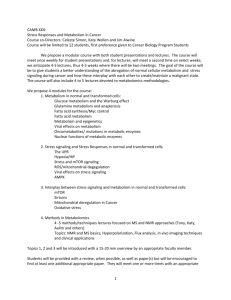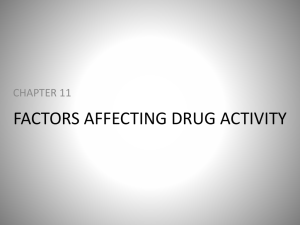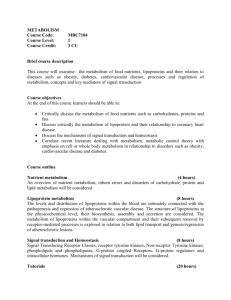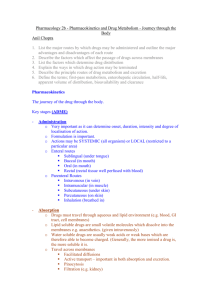eprint_12_1188_1084
advertisement
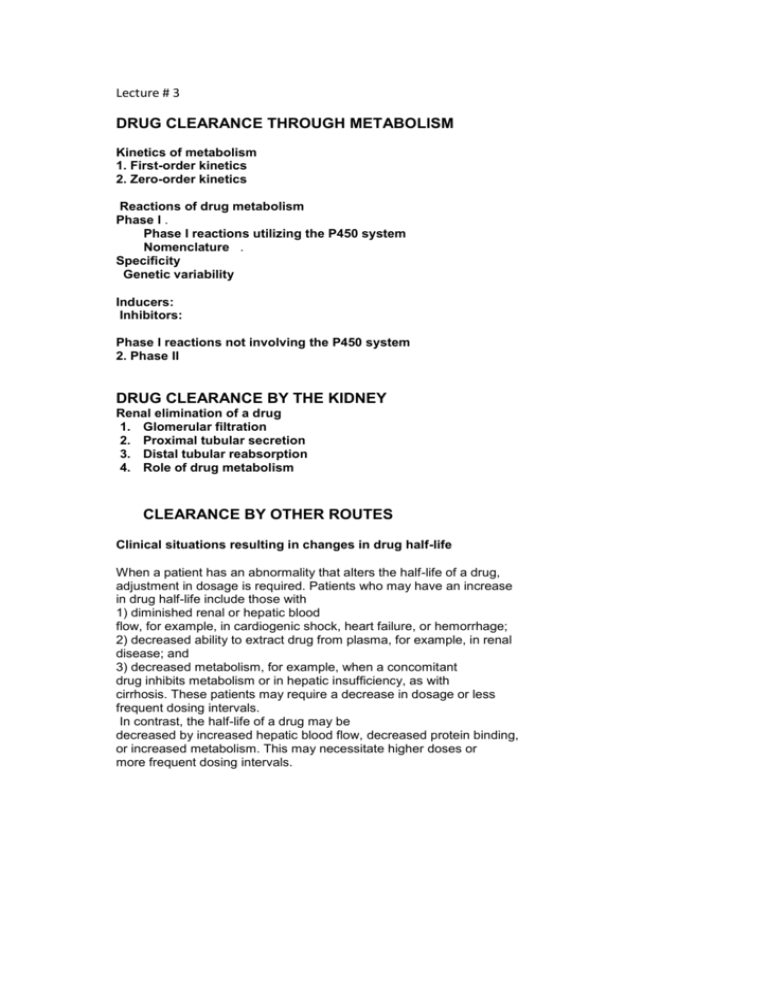
Lecture # 3 DRUG CLEARANCE THROUGH METABOLISM Kinetics of metabolism 1. First-order kinetics 2. Zero-order kinetics Reactions of drug metabolism Phase I . Phase I reactions utilizing the P450 system Nomenclature . Specificity Genetic variability Inducers: Inhibitors: Phase I reactions not involving the P450 system 2. Phase II DRUG CLEARANCE BY THE KIDNEY Renal elimination of a drug 1. Glomerular filtration 2. Proximal tubular secretion 3. Distal tubular reabsorption 4. Role of drug metabolism CLEARANCE BY OTHER ROUTES Clinical situations resulting in changes in drug half-life When a patient has an abnormality that alters the half-life of a drug, adjustment in dosage is required. Patients who may have an increase in drug half-life include those with 1) diminished renal or hepatic blood flow, for example, in cardiogenic shock, heart failure, or hemorrhage; 2) decreased ability to extract drug from plasma, for example, in renal disease; and 3) decreased metabolism, for example, when a concomitant drug inhibits metabolism or in hepatic insufficiency, as with cirrhosis. These patients may require a decrease in dosage or less frequent dosing intervals. In contrast, the half-life of a drug may be decreased by increased hepatic blood flow, decreased protein binding, or increased metabolism. This may necessitate higher doses or more frequent dosing intervals.
